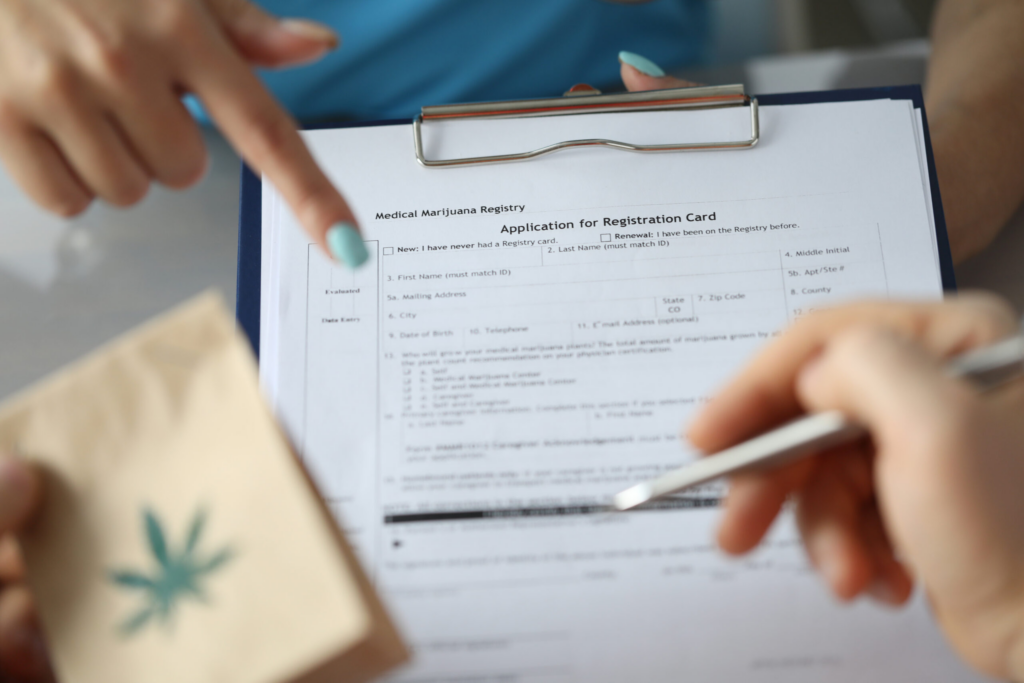In recent years, Texas has made progress in providing patients with access to alternative treatment options through the state’s Compassionate Use Program (CUP). Although more limited than programs in other states, Texas allows certain individuals with qualifying medical conditions to receive prescriptions for low-THC therapeutic products. If you or someone you care for is exploring this form of treatment, it’s essential to understand the steps involved in the process. While Texas does not issue traditional medical cards, eligible patients can legally obtain their medication with a physician’s prescription through the CUP. The following step-by-step guide will walk you through eligibility requirements, how to find a registered physician, and what to expect from start to finish.
In recent years, Texas has taken steps toward expanding access to medical marijuana through the state’s Compassionate Use Program (CUP). While still more restrictive compared to many other states, Texas does allow certain patients to receive low-THC cannabis prescriptions for qualifying medical conditions. If you or a loved one is considering this treatment option, understanding how the process works is crucial.
Although Texas does not issue physical “medical marijuana cards” like other states, eligible patients can still obtain legal access to medical cannabis through the CUP. If you’re wondering how to get a medical marijuanas card in Texas, it’s important to know that the process involves receiving a prescription rather than a card, and it must be issued by a physician registered with the state’s program.
Here’s a step-by-step guide to help you navigate the system and determine whether you’re eligible.
Step 1: Understand What Texas Allows
Unlike states with broader medical marijuana laws, Texas limits access to cannabis with a strict low-THC policy. Under the Compassionate Use Program, qualifying patients can be prescribed cannabis products that contain no more than 1% THC by weight. These products typically come in forms like tinctures, capsules, or oils—smoking or vaping marijuana remains prohibited under state law.
Patients do not need to obtain a separate card. Instead, physicians registered with the CUP enter eligible patients into a secure state database. This allows state-licensed dispensaries to verify a prescription before dispensing medication.
Step 2: Check If You Have a Qualifying Condition
Texas maintains a list of specific medical conditions that qualify for a low-THC cannabis prescription. As of now, these include:
- Epilepsy and seizure disorders
- Multiple sclerosis
- Spasticity
- Amyotrophic lateral sclerosis (ALS)
- Autism
- Incurable neurodegenerative diseases
- PTSD
- Cancer
Your condition must be diagnosed by a qualified medical professional. It’s also essential that the benefits of medical cannabis outweigh any risks, according to the evaluating physician’s judgment.
Step 3: Find a Registered Physician
To be prescribed medical marijuana in Texas, you must see a physician who is registered with the Compassionate Use Registry of Texas (CURT). Not all doctors are eligible or willing to recommend medical cannabis, so it’s important to verify that your provider is enrolled in the program.
If your current physician is not registered, you may need to seek out a cannabis-friendly doctor. There are several medical clinics throughout Texas, both in-person and online, that specialize in evaluating patients for the CUP and can guide you through the process.
Step 4: Get Evaluated
During your consultation, the doctor will review your medical history, discuss your symptoms, and determine whether cannabis is an appropriate treatment option for you. If the physician determines that you qualify, they will enter your information and prescription directly into CURT.
There is no need to apply separately or fill out state paperwork yourself. Once your prescription is entered, you can go directly to a licensed dispensary to obtain your medication.
Step 5: Fill Your Prescription at a Dispensary
Texas currently has a limited number of licensed dispensaries that are authorized to provide low-THC cannabis products to eligible patients. You can contact a dispensary and provide identifying information such as your name, date of birth, and last digits of your Social Security number so they can verify your prescription in the CURT system.
Dispensaries may offer delivery services or allow you to pick up your prescription at a designated location. Available products include oils, tinctures, lozenges, and capsules. Your physician may adjust the dosage over time depending on how you respond to the medication.
Step 6: Renew as Needed
Medical marijuana prescriptions in Texas are not one-time approvals. Your physician may need to periodically reassess your condition and determine whether continued use of cannabis remains appropriate. Be sure to follow up with your prescribing doctor and stay informed about any changes to Texas laws or program requirements.
Final Thoughts
Accessing medical marijuana in Texas can seem more complex than in other states, but the Compassionate Use Program is steadily growing and becoming more patient-friendly. Understanding the process, from identifying a qualifying condition to finding a registered physician, is key to receiving the treatment you need. While you won’t receive a physical card, the steps above outline a clear path to legal, doctor-supervised cannabis use for eligible patients.
As more research supports the therapeutic benefits of cannabis, and as public demand grows, it’s possible that Texas will continue to expand the program in the future. For now, patients who qualify can begin their journey toward relief by consulting with a CURT-registered doctor and taking the necessary steps to begin treatment.

















